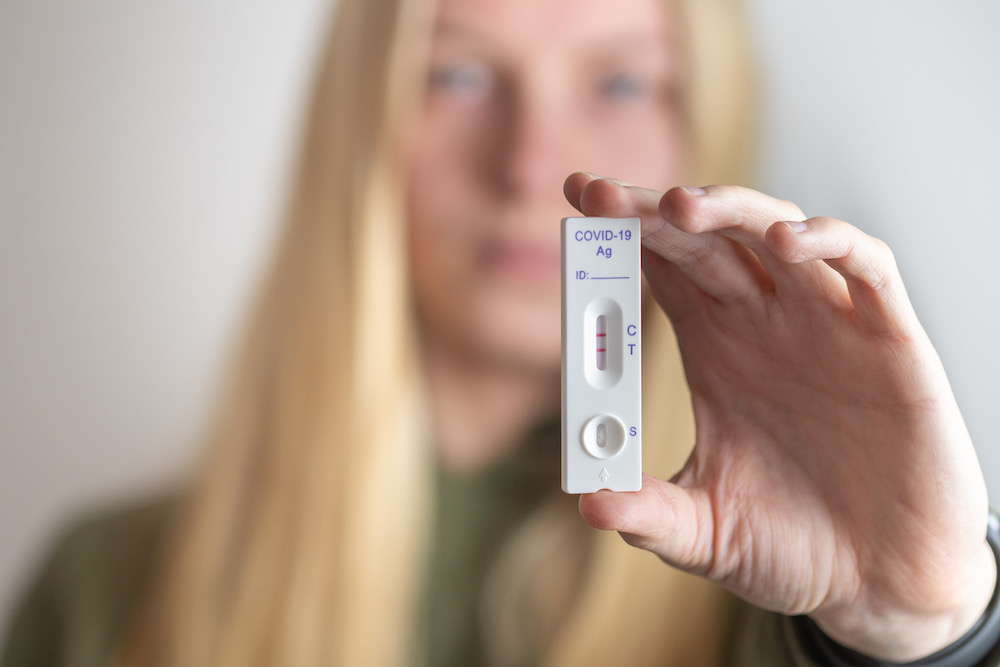Music has always been an indispensable backdrop to my life. According to Corinthians, music is intentional, designed by God to move both spirit and mind
Glen Campbell’s, The Wichita Lineman album and a record player were treasured gifts from Santa when I was nine. It was my first foray into choosing my own music. Listening to Wichita Lineman can still stimulate memories that wrap themselves around me. Every penny of my allowance went to the local music store buying 45’s. My taste in music included, These Boots are Made for Walking by Nancy Sinatra, The Ballad of the Green Berets by Barry Sadler, Daydream by The Lovin’ Spoonful, Winchester Cathedral by The New Vaudeville Band, I Am a Rock and Homeward Bound by Simon and Garfunkel, and Charlie on the M.T.A. by the Kingston Trio.
The Monkees television show became my pre-teen obsession. I forced my poor family to sit through the group’s insipid antics every week. The series centered on the adventures of four members of a struggling rock band from Los Angeles. Micky, (my favorite), Davy, Michael, and Peter would have surreal encounters while searching for their big break. Each episode would include at least one musical “romp” that might have nothing to do with the storyline. My family was very patient and indulged my devotion. My aunt and uncle bought tickets for us, my younger brother and me, to The Monkees concert at The Boston Garden. I wore my new mini dress with epaulets and the matching shoulder bag. The four of us sat very politely listening to the music.
In my ninth-grade year, I was a huge fan of Gordon Lightfoot. I still know every word to most of his songs. His ballads resonated with the angst that I felt at that point in my life. If You Could Read, My Mind can still evoke memories of my fourteen-year-old self, trying to find my path in the world. I was lucky enough to attend his concert at The University of Wyoming Field House – where rodeos and basketball events were held. Gordon sounded great live and enlightened the audience with explanations of his songs.
In high school, my favorite albums were John Denver, James Taylor, Carole King, Paul McCartney, Three Dog Night, Jethro Tull, The Bee Gees, Elton John and Neil Diamond. I inherited my parent’s RCA stereo console, the sound was first rate. My Dad’s new Pontiac Le Mans convertible came with an 8 Track tape player. His taste in car music was Neil Diamond and Tom Jones, my Mom loved The Carpenter’s.
In college, I added Willy Nelson, Linda Ronstadt, Journey, Michael Jackson, The Police, and anything Disco. Cassettes were my method of listening to music, mainly in my car. I was able to record my favorite songs on one tape to play over and over again.
In the early 1980’s, Lionel Ritchie, Kenny Rogers’s, Dolly Parton, Genesis, Tina Turner, and Cindy Lauper were included in my music rotation. I would crank up the volume in the stereo while cleaning my house. My Walkman was the most important accessory during my running career, the music prompted me to keep going despite wanting to give up.
In 1985, music videos on MTV and VH1 were all the rage. On Saturday I’d tune in to the weekly Top 20 Video Countdown. The Highwaymen with Kris Kristoffersen, Johnny Cash, Willie Nelson, and Waylon Jennings was one of my favorites.
By the 1990’s, we graduated to CD players in our home and car. Our five disc CD player was replaced with a 100 CD “Jukebox” that would shuffle the CD’s. My children began to have opinions about music and would make requests for specific driving songs: Nirvana, R.E.M., U2, The Grateful Dead, Sarah McLachlan, Pearl Jam, Jewel, Fiona Apple, Prince, Red Hot Chili Peppers, Macy Gray, Hootie and the Blowfish, The Wallflowers, Don Henley, and The Spice Girls. My husband introduced us to UB40, Bob Marley, Jimmy Cliff, Ziggy Marley, Talking Heads, Squeeze, AC/DC, Annie Lennox, Elvis Costello, and Soundgarden.
With my husband’s purchase of our first iPod in 2005, I began a daily routine of loading CD’s into our iMac, then importing the songs to the iPod. In a few short months, these mornings changed our listening life from CD’s and LP’s to completely digital. Binders full of hundreds of CD’s were reduced to a tiny handheld music library. We moved the stereo out of its place of honor and were grateful for the many free corners in our house that once housed large speakers.
We still have the iMac that is the keeper of all of our precious music, our history. Our original iPod sits on a breadbox sized speaker in our kitchen, a tribute to the days when Apple made quality products. We tap the Genres menu several times a day to play a group of songs from the massive queue that I loaded so many years ago.
In September of 2022, Apple declared its most popular gadget obsolete: goodbye iPod.
I have Pandora on my phone, but most mornings, driving to work, I listen to the local radio station. A random song can trigger powerful memories, taking me back to who and where I was when that particular song was so important in my life. I see my life in terms of music: joining my Dad at the Symphony, the Broadway plays with my family, the kitchen dance parties, the rock concerts, and the family dinners.
According to the Washington Post, music can take you back in time and act like a jolt of electricity that can fire up your brain and get it going. Music is suitable for your memory. In nursing homes, they started using musical therapy to let the elderly remember things of their past that they couldn’t remember without listening to music.










